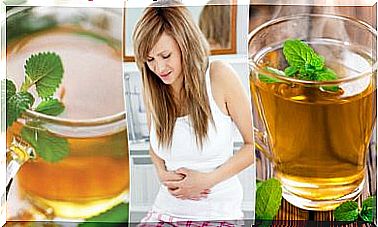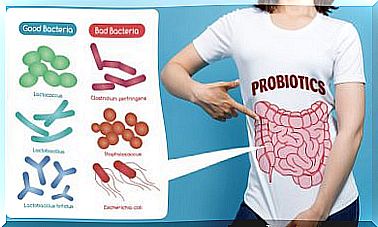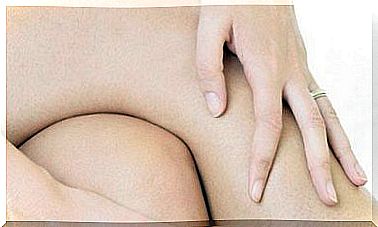Foods With More Germs And How To Protect Yourself
Many different germs that cause illness can contaminate food. Each year, 48 million people suffer from a foodborne illness, 128,000 are hospitalized and 3,000 die.
Here we detail which are the foods with the most germs and what precautionary measures you can take. Keep reading!
Germs in food
More than 250 foodborne illnesses have been identified. Most of them are infections caused by a variety of bacteria, viruses, and parasites. . Harmful chemicals and toxins can also contaminate food and cause illness.
Common symptoms of foodborne illness are: nausea, vomiting, stomach cramps, and diarrhea. However, symptoms can differ between different types of foodborne illness. Some of these diseases can even be life threatening.
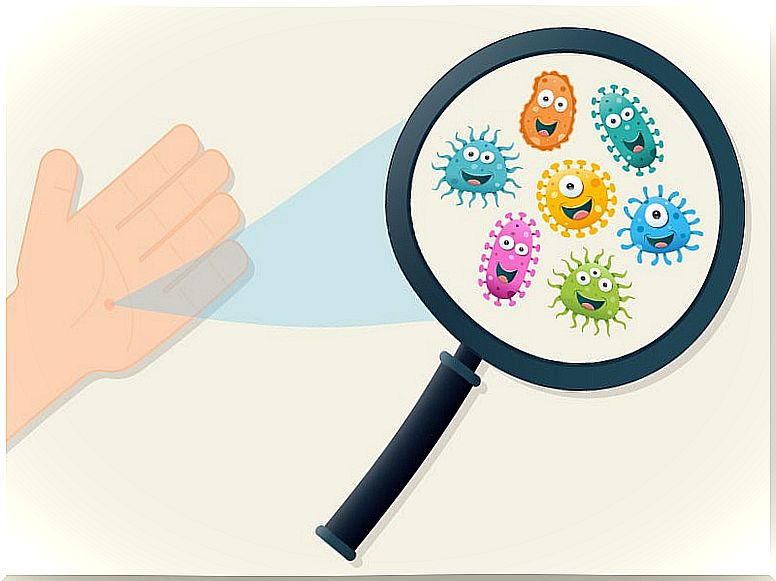
Top 5 germs that cause disease
- Norovirus.
- Salmonella.
- Clostridium perfringens.
- Campylobacter.
- Staphylococcus aureus (Staph).
Some other germs don’t cause as many illnesses, but when they do they are more likely to lead to hospitalization:
- Escherichia coli.
- Clostridium botulinum (botulism).
- Listeria.
- Vibrio.
Foods with more germs
Knowing the foods with the most germs is a first step in reducing the health risks they carry. In this way, it is possible to bear in mind that they must have a special handling when they are cooked. The most common are:
- Poultry and raw meat.
- Raw seafood.
- Raw eggs
- Raw milk, cheese, and other dairy products.
- Fruits and vegetables.
How to protect yourself
Beware of raw meat
Most raw poultry contain Campylobacter. They can also contain Salmonella, Clostridium perfringens, and other bacteria. Raw meat can contain Salmonella and E. coli.
You should not wash raw poultry or meat before cooking. Although some older recipes may require this step. Washing raw meat or poultry can transmit bacteria to other foods, utensils, and surfaces and does not prevent disease.
Raw foods of animal origin are the most susceptible to contamination. In particular, raw or undercooked meat, raw or undercooked eggs, unpasteurized (raw) milk, and raw seafood.
Fruit and vegetables
Fruits and vegetables can also become contaminated, either in the field, during processing, or during other stages of the production chain. Even through cross contamination with raw meat in home or restaurant kitchens.
But please don’t let fear lead you to avoid fruits and vegetables which are the healthiest foods in your diet. Instead, wash them well and peel them when appropriate.
- Wash your hands before and after peeling, just peeling does not cut it, because the bacteria could be transferred to your hands.
- Important: it must be remembered that the bacteria are on the outside of the fruit – they do not spread inside.
C ocine at the right temperature
- Food is safely cooked when the internal temperature rises high enough to kill germs that can make you sick.
- You can kill bacteria by cooking poultry and meat to a safe internal temperature.
- Use a food thermometer and check the temperature.
- You cannot check if the meat cooks well by looking at its color or its juices.
Refrigerate soon

Bacteria can multiply quickly if left at room temperature or in the “danger zone” between 40 ° F and 140 ° F. Keep your refrigerator below 40 ° F and know when to throw away food.
- Refrigerate perishable foods within 2 hours.
- If the outside temperature is above 90 ° F, refrigerate within 1 hour.
- Large cuts of meat such as roasts or a whole turkey should be divided into small batches for refrigeration. So they cool fast enough to prevent bacteria growth.
Defrost well
The best option is to defrost the products in the fridge overnight. But if you’re in a rush, put the frozen item in a plastic bag and soak it in cold water, change the water every 30 minutes. Otherwise use the microwave, but be ready to cook the food as soon as it has thawed.
- Never defrost food on the counter, as bacteria multiply rapidly in food that reaches room temperature.
Wash, wash, wash
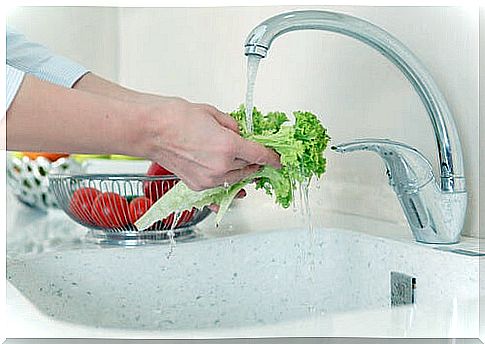
E. coli from spinach, salmonella from cantaloupe … not safe at all? The truth is, most foods are safe. But why take risks?
Germ-laden foods sometimes creep onto the consumer. So whether it’s a bunch of grapes or an orange you’re planning to cut, rinse fresh fruits and vegetables thoroughly in running water.
Remove and toss in the outer lettuce or cabbage leaves. And do not leave the cut product at room temperature for more than 1 hour.
Specific cleaning products
Today there are some specific products to clean the vegetables of germs. However, in our home we can also resort to some proven effective home solutions.
Among those that have been tested, baking soda has proven to be the most effective at killing germs. Some people also choose vinegar. However, it has been shown to be much less effective than baking soda.
Be smart about leftovers
Don’t leave that pot of soup overnight; once it cools, take it to the refrigerator. And, if you won’t be eating the leftovers within 48 hours, consider freezing them.
Don’t rely on your senses to judge safety. You can’t see germs in food, and a food can smell good even if it isn’t.
In conclusion…
Inevitably, there are many foods that can serve as a pathway for disease-causing germs. However, whether they are safe or not depends largely on the handling we give them.

